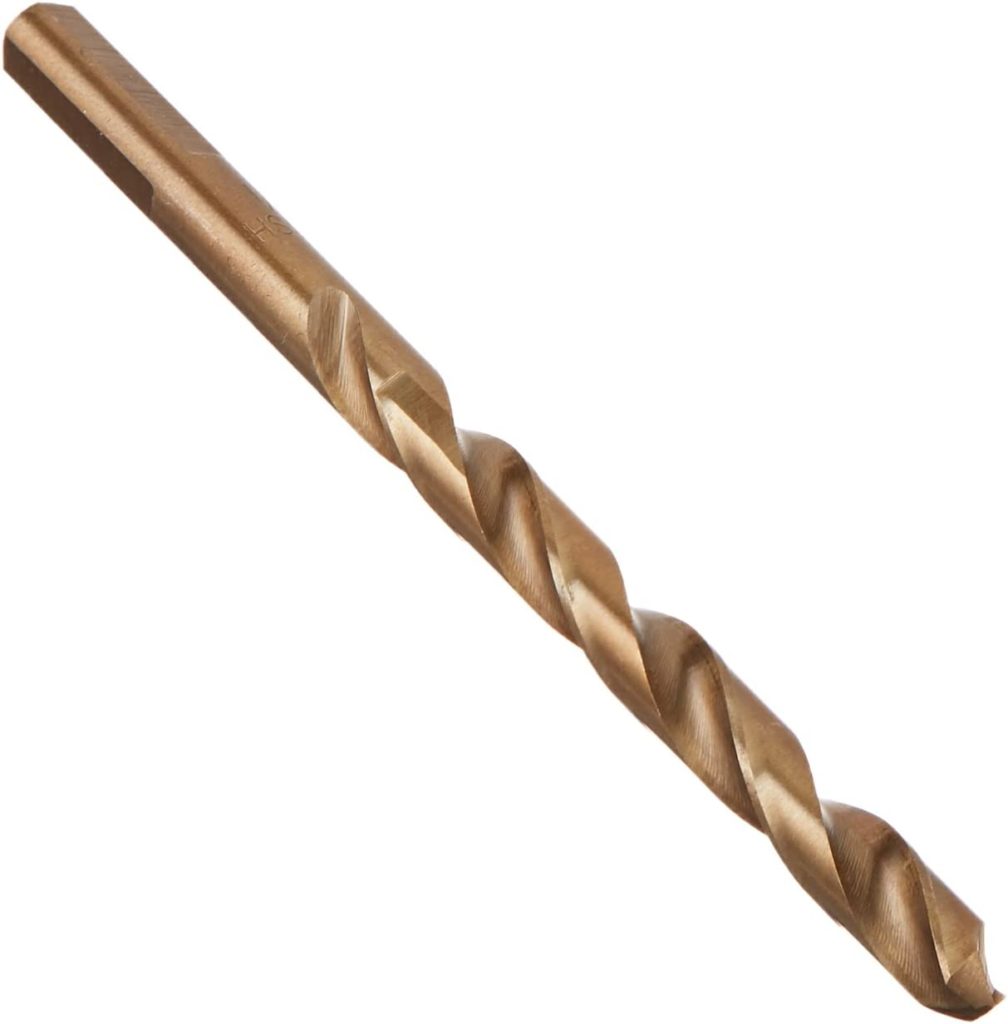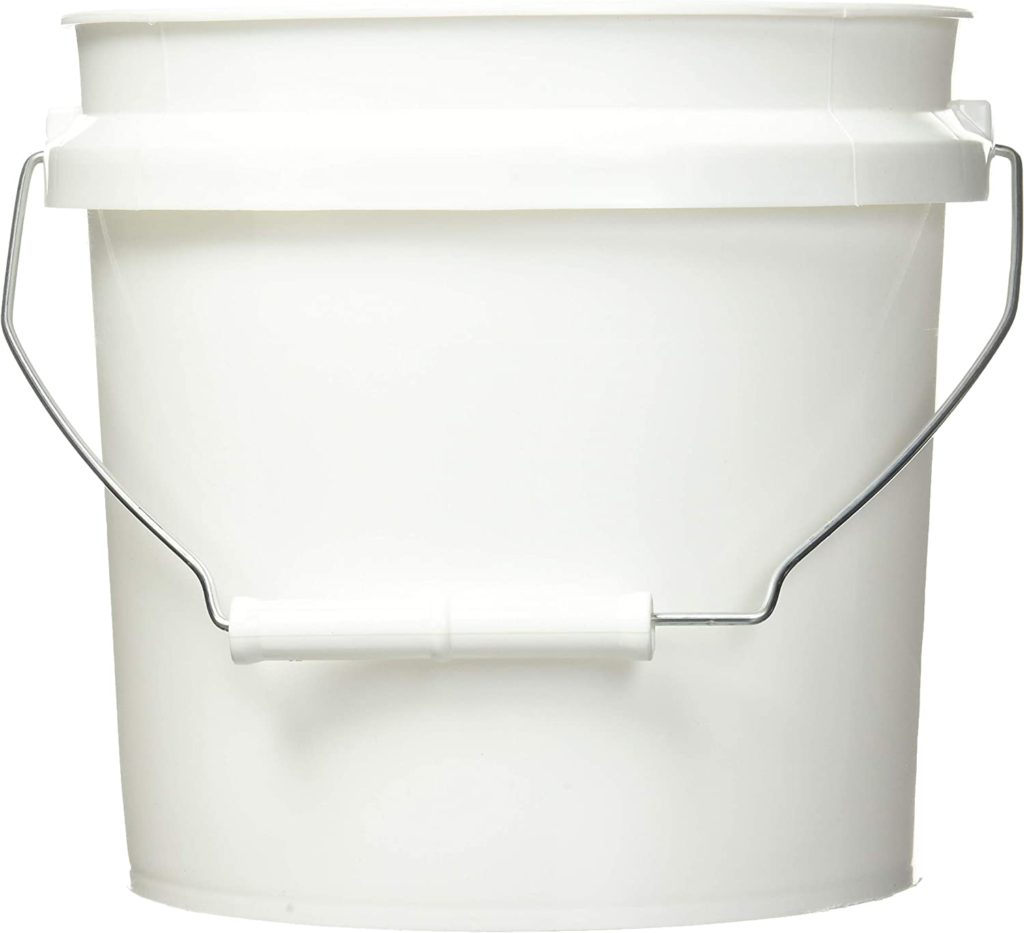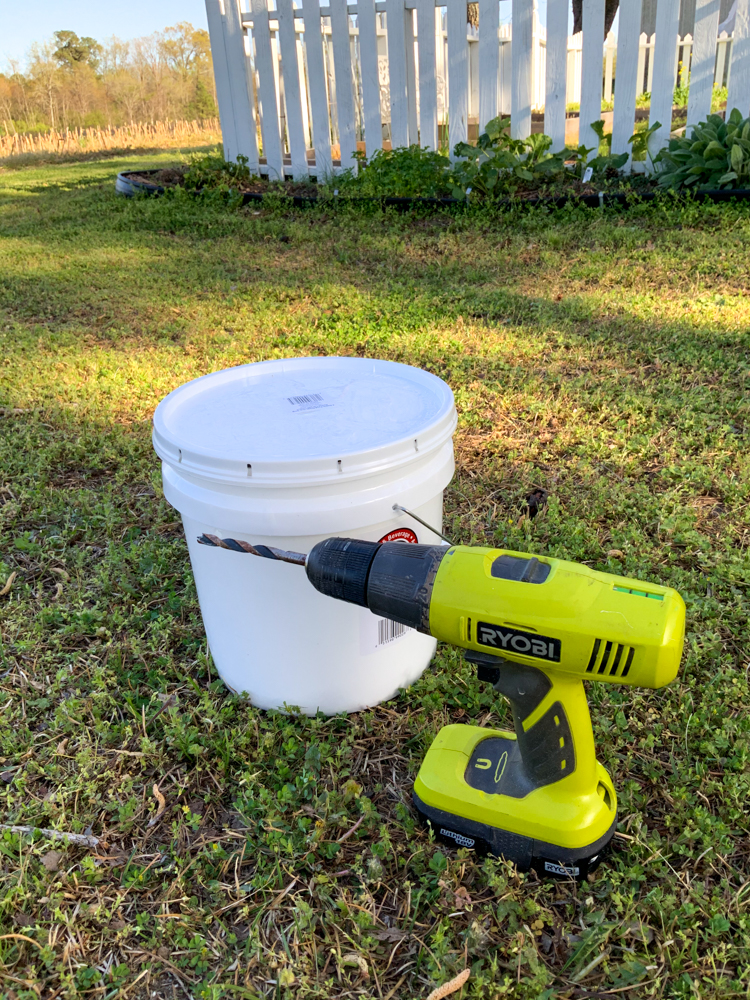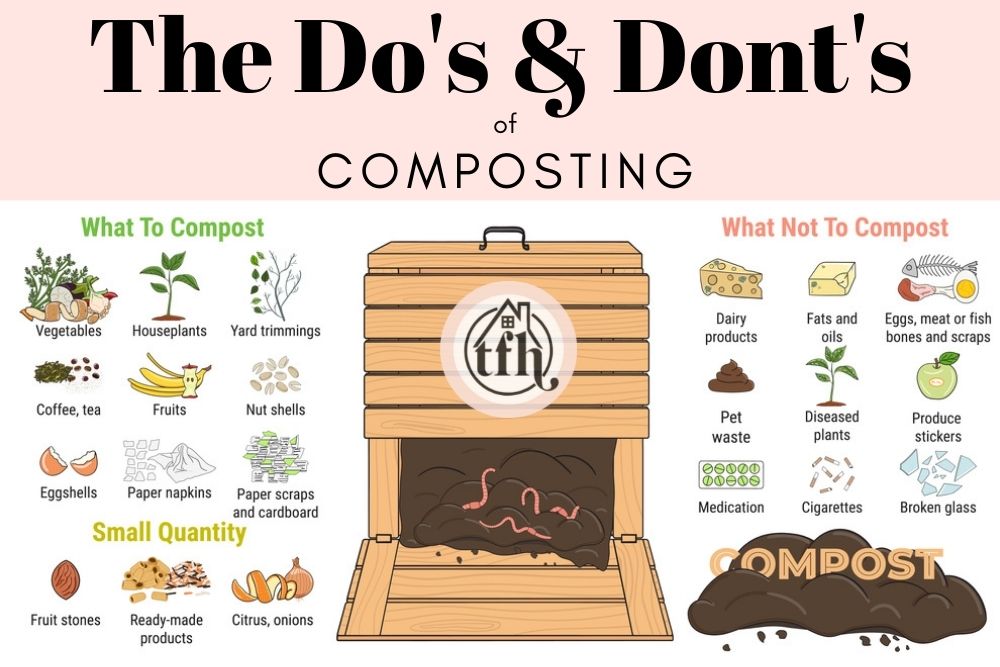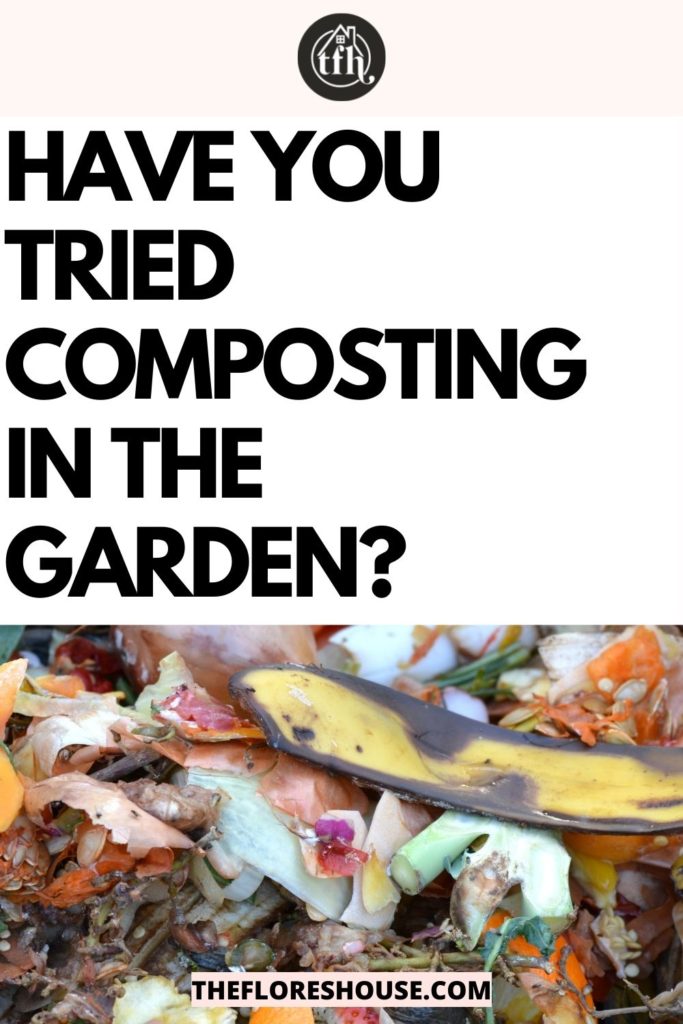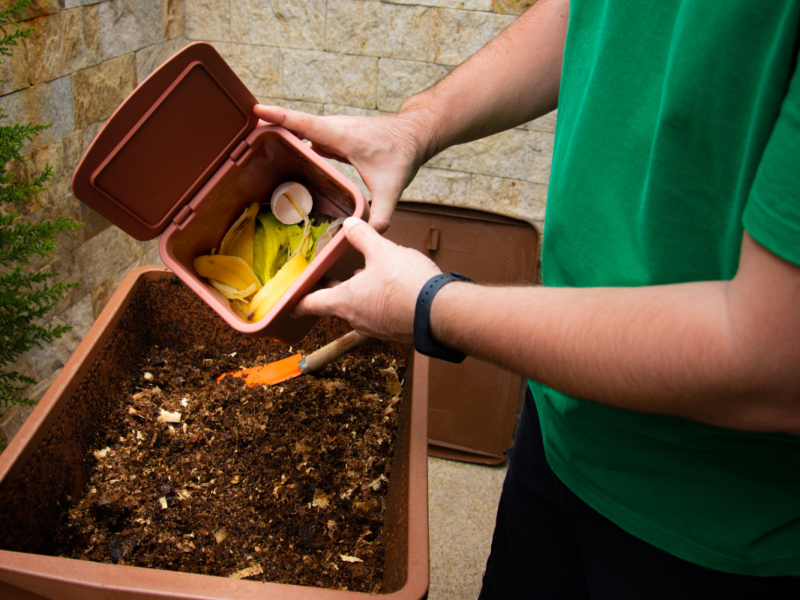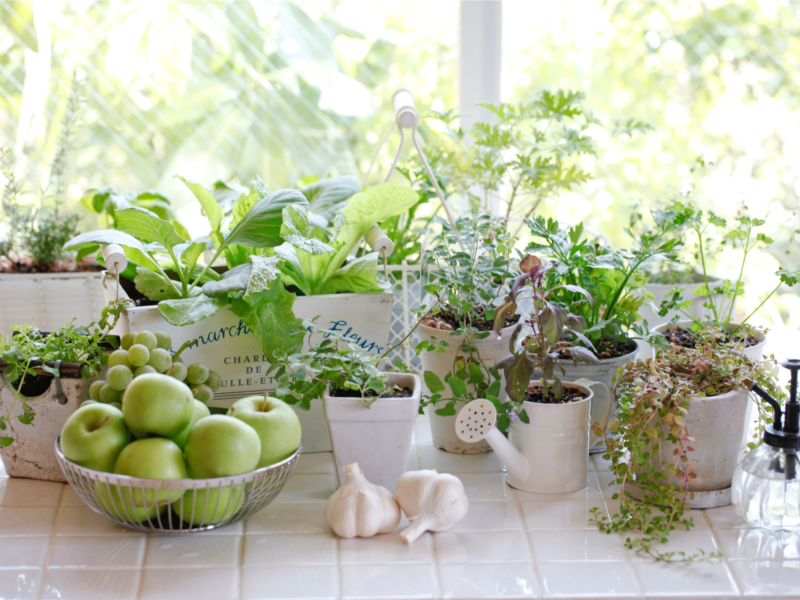Composting in the garden turns your kitchen scraps into valuable fertilizer. Here is how to create an in-bed compost system on a budget (or free)!
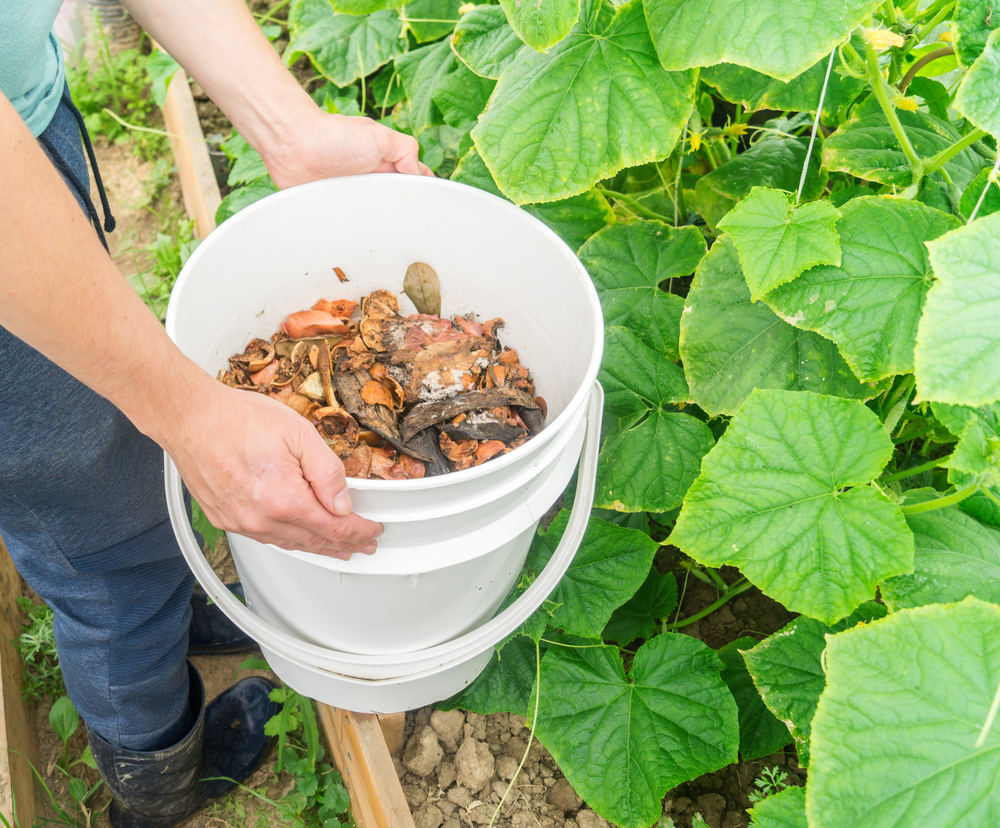
Compost Chronicles: How to Start Your Garden Right
Making and using your own compost is not hard to do at all! There are just a few simple rules and dedication to get going right.
Why Compost is a Gardener’s Best Friend
Composting is a remarkable process that transforms kitchen scraps, yard waste, and other organic materials into a nutrient-rich amendment called compost.
While many gardeners already recognize the value of compost, some may wonder why it’s worth incorporating it into their gardens.
Adding compost to your garden has numerous benefits and can significantly enhance your gardening experience.
1. Supercharge Soil Health
Healthy soil is the foundation of a thriving garden, and compost is like a magic potion that breathes life into it.
Compost enriches the soil by improving its structure, aeration, and water-holding capacity. It helps clay soils drain better, and sandy soils retain moisture.
By adding compost, you create a balanced and fertile environment that supports the growth of strong and resilient plants.
2. Boost Plant Nutrition
Plants require diverse nutrients for optimal growth, and compost is a natural, slow-release fertilizer that supplies these essential elements.
Compost comprises macronutrients (nitrogen, phosphorus, and potassium) and micronutrients (such as iron, copper, and zinc) necessary for healthy plant development.
Enriching your garden beds with compost provides a steady supply of nutrients that feed your plants and promote vibrant foliage, abundant blooms, and high-quality fruits and vegetables.
3. Enhance Soil Biology
Beneath the surface, a bustling community of microorganisms, earthworms, and beneficial insects work tirelessly to break down organic matter and create a thriving ecosystem.
Compost acts as a microbial buffet, nourishing these valuable organisms. When you add compost to your garden, you introduce a diverse population of beneficial bacteria and fungi, contributing to disease suppression, improved nutrient cycling, and increased soil fertility.
A healthy soil food web makes more robust plants more resistant to pests and diseases.
4. Reduce Environmental Impact
Composting is a sustainable practice that diverts organic waste from landfills, reducing greenhouse gas emissions.
By composting at home and using the resulting compost in your garden, you’re participating in a circular system that minimizes waste and supports ecological balance.
Additionally, using compost reduces the need for synthetic fertilizers, which can leach into waterways and harm aquatic life.
Choosing compost as a natural soil amendment is a small step towards a greener and more environmentally responsible lifestyle.
Read Next: The Best Compost for Your Organic Vegetable Garden
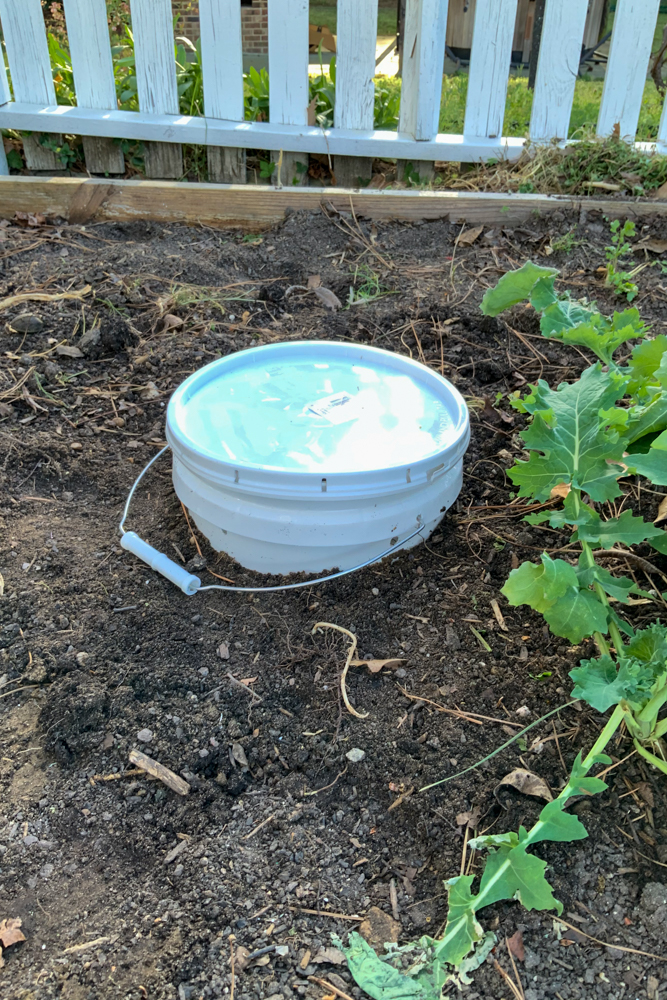
How to Make a Compost Bin to Bury in the Garden
An organic garden produces natural fertilizer to maintain healthy plants and soil, but it occasionally requires your help. By composting directly in the garden, you can create a perpetual system to keep the worms happy and your plants well-fed! Keep reading to learn how to set up your compost bin inside the garden to turn your kitchen scraps and dead leaves into valuable fertilizer.
This post is about building a composting system in the garden.
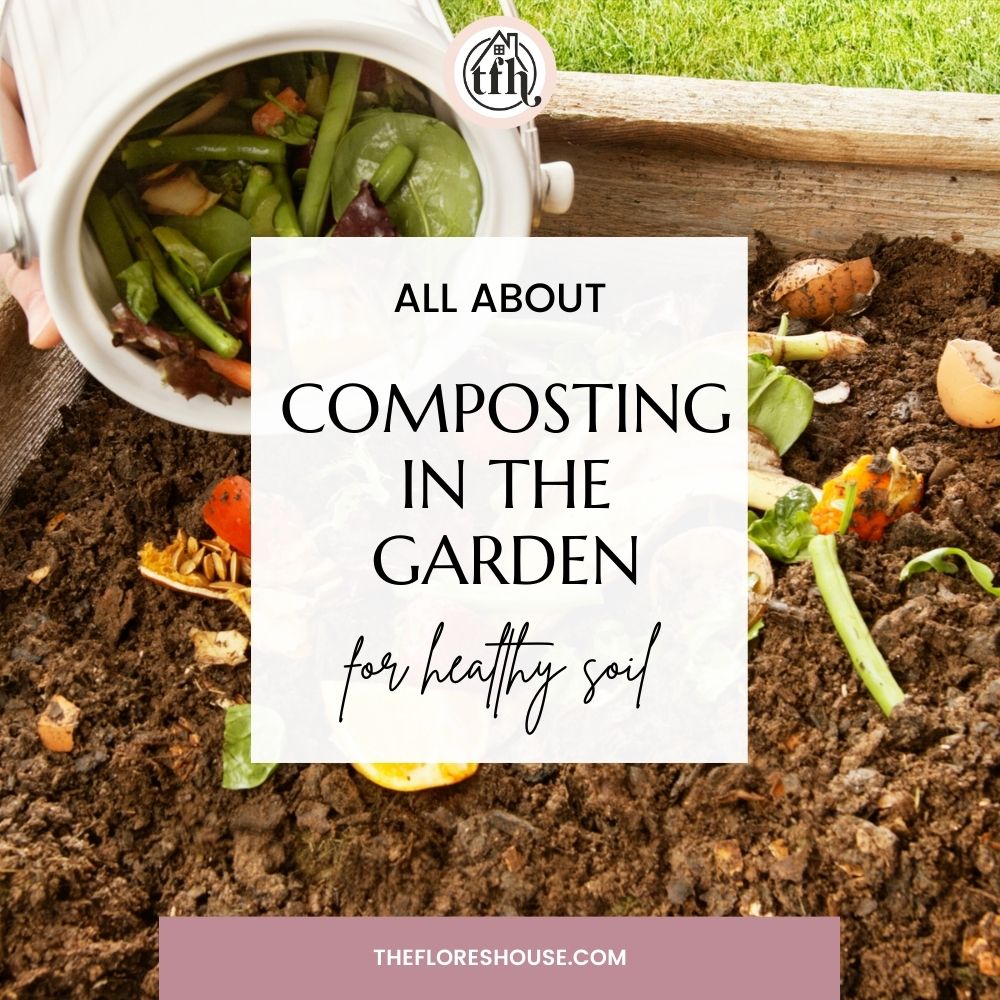
How to Build an In-garden Composting System
How to compost in the garden can be tricky, especially if you don’t have much space for one of those fancy compost bins that look like miniature greenhouses.
However, with proper composting techniques and some help from your compost bin, you can create perfect compost to work into your garden soil without taking up any extra space in your outdoor area!
Read on to learn how to reduce food waste and set up a garden bed compost bin.
What You Will Need to Build a Composting System in the Garden
You’ll need at least one compost bin and some organic material to start composting. You can create a bin from any old bucket with a tight-fitting lid. I recommend a 1-gallon bucket or larger.
You can buy new buckets online or at your local hardware store, but I recommend using what you have on hand. Maybe you can get another use out of an old plastic container.
Also, you will need a drill with a large (1/4in) drill bit, a garden spade, and gloves.
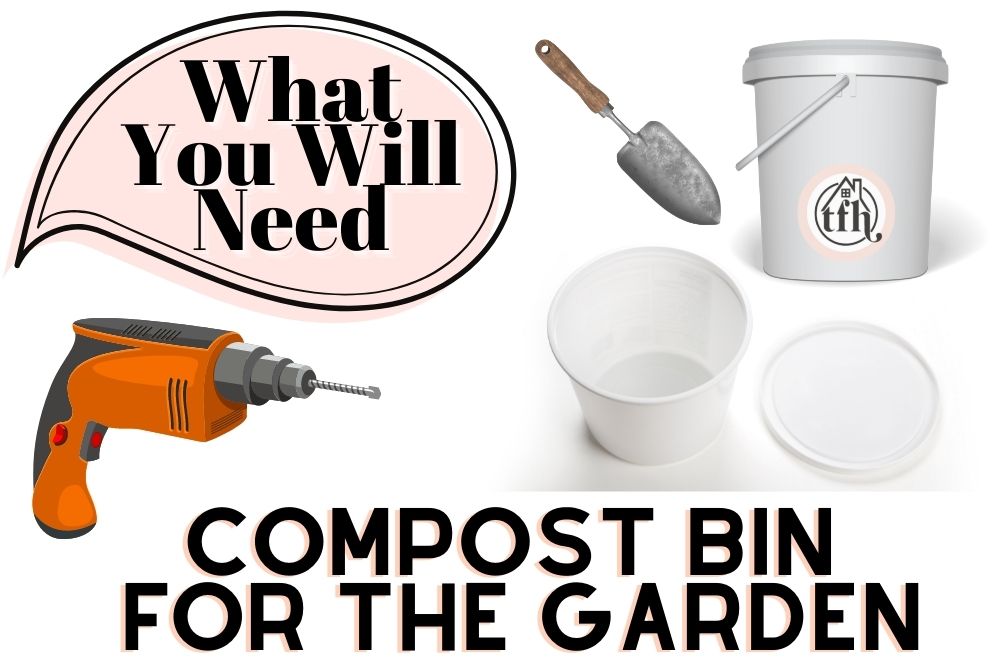
Find a Place in the Garden for Your New Compost Bin
Before building your compost bin, consider where you will place it. Although it can be placed anywhere with good drainage, it’s best to put it on soil, not concrete or gravel, as these areas do not allow for proper decomposition.
You’ll want to ensure that you have enough space and are using enough material so you won’t run out of room too quickly.
